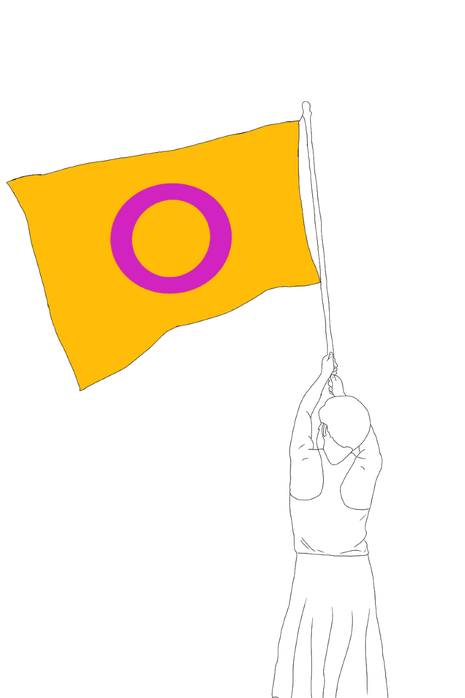

Medical procedures in the inter* experience:
Intersex conditions were rarely disclosed, and many people were not aware that they were born intersex until they became teenagers. In some cases the physical changes they underwent at puberty did not match the sex in which they had been raised.
In the 1990s intersex adults spoke out against surgery and hormone treatment on children, because such interventions could cause emotional trauma and physical harm. Therefore, parents are encouraged to wait until their child is old enough to be involved in any decision-making regarding changes to their body. Not all intersex people identify with the sex they were assigned at birth. Estimates vary but some say as many as 60% of intersex adults live as a gender other than the one as which they were raised.
Doctors routinely use genital and gonadal surgery and hormone treatments to make the patients sex characteristics conform more closely to either male or female standards. This frequently involves surgeries designed to make genitals more ”feminine”, for example by reducing clitorises perceived to be too large and building or lengthening vaginas to make them large enough to fit the average penis. Many doctors think that genital-”normalizing” surgeries would help parents bond with their intersex child and would prevent the child from suffering teasing and rejection from peers and future partners.
It is estimated that 30-80% of intersex children undergo more than one surgery and some have as many as five surgeries.
Hospitals today are examining their practices concerning intersex patients. They are increasingly looking to provide intersex patients and their families with knowledgeable and ethical medical and psychosocial support, encouraging honesty and openness about the treatment of intersex people, and diminishing the stigma and psychological trauma experienced by intersex patients and their families.